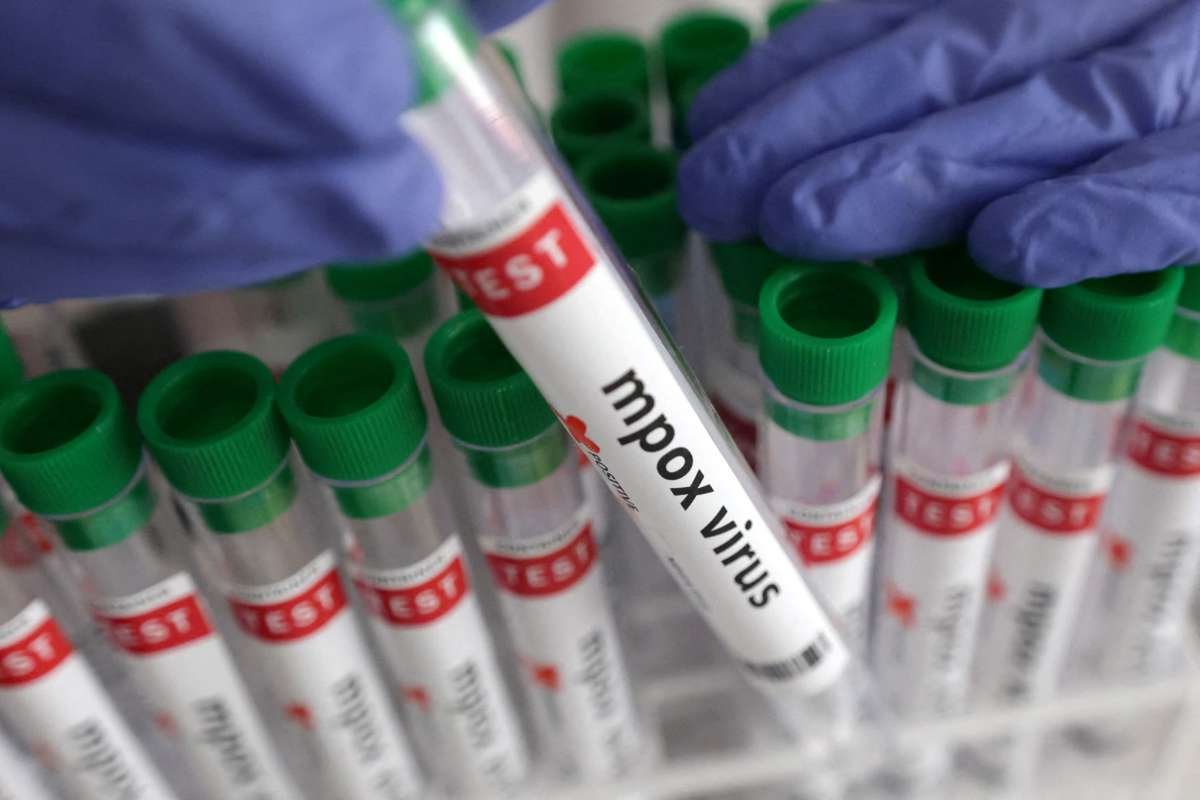Source-Vox.jpg
A highly dangerous fungal infection known as Candida auris is swiftly spreading across the United States, with four confirmed cases in Washington State this month. Despite its rarity, medical professionals are urging caution due to the infection’s high fatality rate, resistance to common antifungal drugs, and its ability to rapidly disseminate within healthcare facilities, as reported by NBC News.
Three Additional cases of Candida Auris Infection
The first case was confirmed on January 10, and the public health agency for Seattle and King County announced on Tuesday that three additional cases of Candida auris infection were identified last week.
Candida auris primarily targets individuals with compromised immune systems and exhibits resistance to several widely used antifungal medications. Patients in hospitals who rely on feeding tubes, breathing tubes, or catheters are particularly susceptible to infection.
According to the Centers for Disease Control and Prevention (CDC), Candida auris can cause infections in various parts of the body, including the bloodstream, open wounds, and ears. The symptoms depend on the site and severity of the infection, and in some cases, symptoms may mimic those of bacterial infections. However, there is no specific set of signs and symptoms associated with C. auris infections.
Candida Auris: The Superbug You Need to Know About
“Colonization”— Infection can be Present on the Skin and other Body Sites without Causing Illness
Furthermore, this fungal infection can be present on the skin and other body sites without causing illness, a condition referred to as “colonization.” In colonization, individuals may unknowingly transmit Candida auris to others without showing symptoms. The CDC notes on its website that a colonized person can transmit the fungus onto surfaces or objects they contact, leading to potential spread to other patients.
Preventive measures are crucial in managing Candida auris. If a patient is colonized or infected, isolation in a separate room is recommended to protect those at risk. Proper cleaning with disinfectant products, coupled with caregivers wearing gloves and gowns, is essential. Additionally, individuals should use alcohol-based hand sanitizer or wash their hands thoroughly before entering and leaving a C. auris patient’s room, as well as before and after contact with the patient or their medical devices.
Also Read: First Confirmed Outbreak of Deadly Fungus C. Auris in Washington State
Cases of Candida Auris have Surged Globally
The reported cases of Candida auris have surged globally, originating in Japan 15 years ago. In 2022 alone, the infection affected 2,377 people, a stark increase from 53 cases in 2016. The rapid spread of this fungus across most U.S. states and 40 countries has prompted both the CDC and the World Health Organization to categorize it as an escalating threat. In 2021, C. auris infected 1,471 individuals, according to CDC data.
As the healthcare community grapples with the escalating threat of Candida auris, heightened awareness, stringent infection control measures, and ongoing research are crucial to curbing its spread and protecting vulnerable populations.









